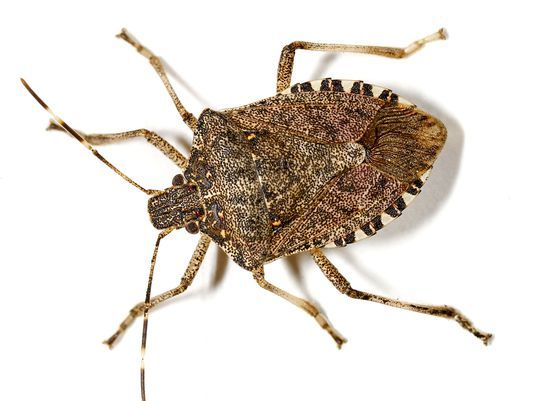As stinkbug populations continue to be a problem, Syngenta recently encouraged growers to maintain their scouting work in evaluating the impact of pests on their soybean fields.
Stinkbugs typical are a problem for soybean growers in the South, but soybean fields in the Midwest also are seeing an increase in infestations.
“Since this pest is spreading into regions where it hasn’t previously been a problem, growers may need to scout more actively than before,” Brent Lackey, insecticide product lead at Syngenta, said. “They should have a management plan in mind so that if pest populations reach threshold levels, they can promptly apply an insecticide like Endigo ZC before the stinkbugs cause reduced quality and rob them of yield.”
Stinkbugs damage crops by sucking the fluids and nutrients out of soybean pods. This causes flatted pods and seeds, even though the foliage of the plant may appear healthy. The pests decrease the quality as well as the yield, causing detrimental results for a grower.
“Early-maturing soybeans served as a trap crop for stinkbugs,” Ron Smith, extension entomologist at Auburn University, said. “Populations reached economic thresholds, and early-podding soybeans had to be sprayed. As the season winds down, stinkbugs will be concentrating in soybeans as other crops dry down.”
Entomologists in Illinois said they are seeing a high number of stinkbugs in the southern part of the state.
“I used a sweep net in the soybean canopy, and I could not believe the number,” Brent Rains, entomologist and field consultant for Crop IMS, said. “I was getting three to four times our economic threshold for stinkbugs, and the plants weren’t even at full flower yet.”




 Alerts Sign-up
Alerts Sign-up